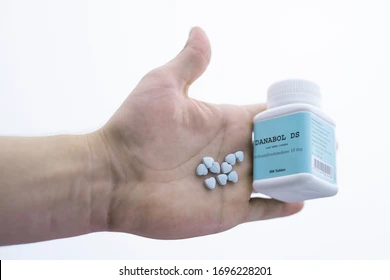Faslodex is a nifty compound that has the properties of both an anti-estrogen and an anti-progestin. Faslodex is most commonly used to treat breast cancer in post-menopausal women. But for men taking steroids, it is an ideal drug for staving off gyno during post-cycle-therapy.
Faslodex (Fulvestrant): A Profile
Faslodex, the brand name for fulvestrant, is a prescription medication used primarily to treat hormone receptor-positive (HR+) breast cancer in postmenopausal women. It is particularly effective in cases where the cancer has advanced or metastasized, and it is often used after other hormone therapies, such as tamoxifen or aromatase inhibitors, have failed. As a selective estrogen receptor degrader (SERD), Faslodex works by targeting and neutralizing estrogen receptors in breast cancer cells, thereby inhibiting their ability to grow and spread.
Fulvestrant is administered as a monthly intramuscular injection, typically in a healthcare setting. By binding to estrogen receptors, it not only blocks the effects of estrogen but also accelerates receptor degradation, reducing the number of receptors available for hormone signaling. This dual mechanism provides a more robust approach to controlling estrogen-driven cancer growth compared to other hormonal therapies.
Faslodex is generally well-tolerated, but some patients may experience side effects, including injection site pain, nausea, fatigue, joint pain, hot flashes, and mild gastrointestinal discomfort. More serious but less common side effects include liver function abnormalities and blood clots. Regular monitoring by a healthcare provider is essential to ensure the medication’s efficacy and manage any adverse effects.
Faslodex represents a critical advancement in breast cancer treatment, particularly for women with HR+ metastatic breast cancer. Its targeted approach provides a vital option for patients who have not responded to other hormonal therapies, improving outcomes and quality of life.








